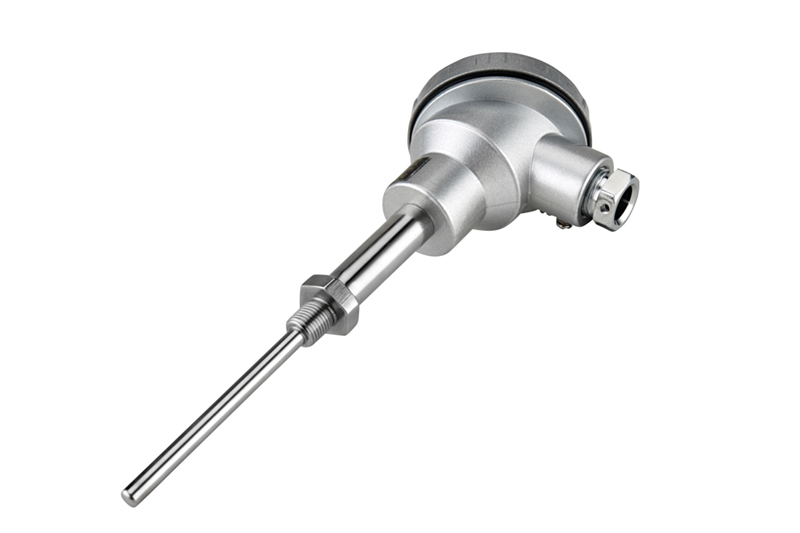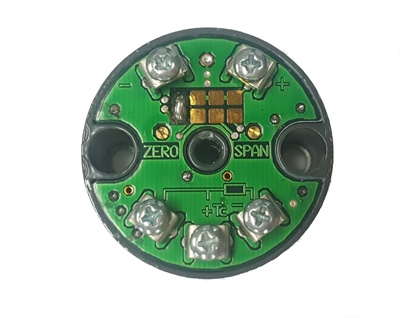
 Why do you need to use a thermocouple temperature sensor with a transformer?
Why do you need to use a thermocouple temperature sensor with a transformer?
Temperature sensor is a device that provides temperature measurement through a electrical signal.
When the temperature changes, the thermocouple will change its voltage, and the thermal resistance will change its resistance according to the temperature change.
The temperature sensor plays a key role to help maintain a specific temperature in any device to make anything, from glass, medicine to beer. To produce these types of products, the accuracy and response of temperature sensors and temperature control are the key to ensuring the perfect final product.
The temperature sensor has different forms and working principles. The main temperature sensor includes:
The resistor temperature detector (RTD) RTD temperature sensor is called a resistance thermometer. It measures the temperature through the changes in the temperature of the RTD component resistance. This metal can be made of different materials, including platinum, nickel or copper. However, platinum is the most accurate, but it also has a high cost.
The thermocouple thermocouple is a sensor that connects two different metal wires on the sensor end. The voltage measured at the other end reflects the measured temperature. Although the accuracy may be slightly lower than the thermometer thermometer, their temperature range is the widest, from -200 ° C to 1750 ° C, and it is generally more cost -effective.
In short, the temperature sensor is done. It can perceive the temperature of any substance that needs to be measured, whether it is solid, liquid or gas. In some cases, these thermocouples and RTDs are directly connected to PLC, and the results of measurement accuracy are sometimes worse than expected. The loss of this accuracy is usually caused by electromagnetic interference. By converting the 4-20MA current of the thermocouple and RTD signal into an industrial standard, the error caused by EMI can be effectively eliminated.

The voltage signal generated by the thermocouple temperature sensor is less than 50 millivolves, and the thermocouple temperature sensor does not actually have the ability to generate current. Therefore, any device that measures thermocouple must have a very high input resistance (usually 1 million ω or higher). The combination of low MV signals and no current makes the thermoelectric idol antenna work like. 50/60 Hertz power, the burst noise of the lightning, the static electricity, the radio frequency interference of the portable radio, the wiper noise of the electric motor, and the many other electrical noise sources can be "received" by the thermocouple The longer the length, the greater the chance of "receiving" electrical noise. When using RTDS to measure temperature, the same thing happens. RTD components are stimulated by a tiny constant current (usually 0.3 ma). Therefore, the detection line is also like an antenna, receiving a large -scale noise in the industrial environment. It is necessary to create a more accurate temperature reading. Temperature transmitter is a small signal used to enlarge and adjust the temperature sensor to connect the thermal resistance or thermocouple. It then transmits these signals to monitor the purpose.
Once you adjust to the available level, this signal can be transmitted through ordinary copper wires, or even long distances, and is used to drive other devices, such as instrument, data recorder, chart recorder, computer or controller. The temperature transmitter extracts the current from the remote DC power according to the ratio of its sensor input. The actual signal is transmitted as a change in the power current.
Specifically, during the minimum temperature during the measurement process, the thermocouple input transmitter will absorb a current of 4 mA. As the temperature rises, the thermocouple transmitter will absorb more currents in proportion until it reaches 20 until 20 to 20 Ji'o. This 20mA signal corresponds to the maximum detection temperature of the thermocouple. The internal signal adjustment circuit of the transmitter (power supply from a part of the 4-20mA current) determines the temperature range represented by the output current signal. The role of the temperature transmitter is to isolate the temperature signal, filter out any EMC noise, and enlarge and convert the temperature sensor signal to 4-20mA or 0-10V DC range. The 4-20mA temperature transmitter is the most common when it comes to manufacturing. As a majority of industrial equipment, it can accept a 4-20mA signal.
The temperature of the transmitter can be adjusted in proportion to meet the needs of the application. The output only requires two wires to transmit a signal of 4-20mA.
Simply put, the temperature transmitter is an electronic instrument connected to the temperature sensor. It isolated, enlarged, filtering noise and conversion signals from sensors and sending to control devices.
You can now understand that the use of a transmitter with a temperature sensor has an advantage. They work together and are ensuring the key role of accurate temperature measurement, communication and control.

